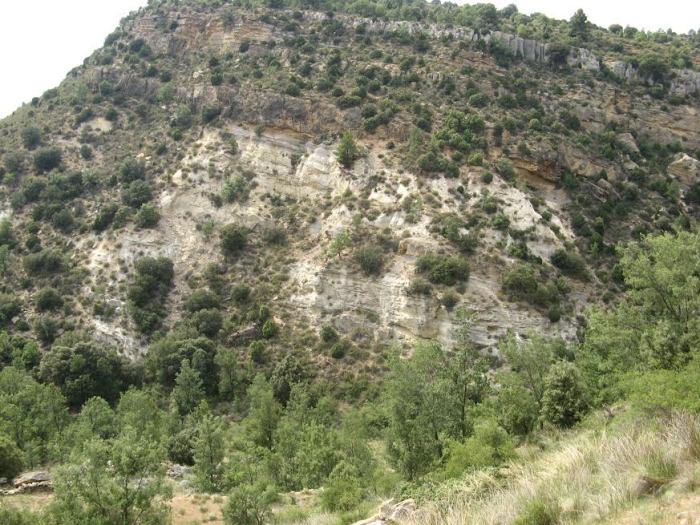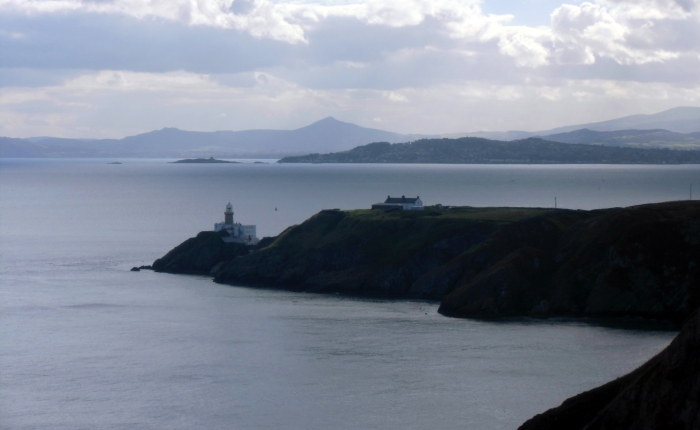As promised, this reconstruction is focused in the vegetation rather than the animals. I made this piece in 2015 for my Master’s Thesis. It features a wet interdune, a pond between desert dunes with enough water and humidity to allow the presence of vegetation. I took inspiration from the wet interdunes of Namib’s desert and the Lençóis Maranhenses’s National Park at Brazil.

This reconstruction is not based on macrofossils from plants found at the site. Instead, I carried out a palinological study. I spent days looking at fossilized pollen and spores found inside the Utrillas sandstones. The Utrillas Group is a large unit of sandstones and clays of mainly Albian age. In recent years it has been interpreted as dune and interdune deposits.

There are two vegetation groups featured in the picture: The plants found inside the wet interdune and those found outside, which can be seen beyond the dunefield.
Inside the wet interdune, and near the pond I placed the most representative families found in the samples. These are mainly ferns and angiosperms, which would need high levels of humidity. You can see some Cupressaceae plants and cykas, less frequent in the samples.
Outside the interdune and near the coast with the Tethys Ocean, the top of Auracariaceae and Cheirolepidiaceae trees can be seen. These trees are placed near the coast as they thrive in salt-rich soils. Not featured in the picture are the pines and other conifers, which would grow at the mountain ranges at the other side of the dunefield.


This vegetation points to a hot and arid climate. Which could mean that the dunes were part of a much larger desert system.
Two Coloborhynchus are flying over the dunes. This pterosaur is found in England, North Africa, South American and Brazil. It has not been found in Spain but it probably flew over the dunes on their migratory paths.
Next entry: Back to dinos!
Sources:
Altolaguirre, Y. (2015): Estudio palinológico preliminar del Cretácico Inferior de la sección de Cortes de Arenoso (Castellón). (Master’s Thesys) 59.
Rodríguez‐López, J. P., Melendez, N., de Boer, P. L., & Soria, A. R. (2012): Controls on marine–erg margin cycle variability: aeolian–marine interaction in the mid‐Cretaceous Iberian Desert System, Spain. Sedimentology, 59(2), 466-501.



